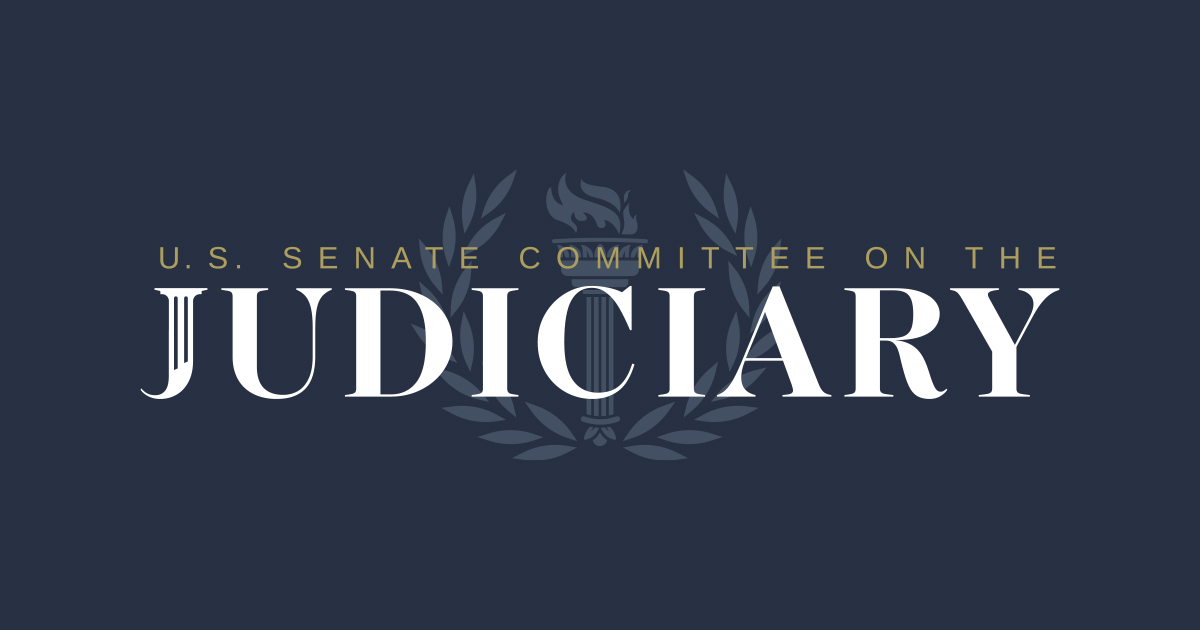State and local governments are transforming their services to better meet the needs of citizens, thanks to recent advancements in technology. This new approach is known as “transformational government,” which focuses on providing services wherever citizens are, with an emphasis on convenience and accessibility.
One of the key players in this transformation is Chief Information Officers (CIOs), who work to break down data silos and share information across different domains. They also optimize and modernize legacy systems to improve the overall satisfaction of citizens. The goal of transformational government is to provide simple, accessible, and unified services across agencies.
The National Association of State Chief Information Officers first defined digital government in 2001 as the delivery of public services through the Internet. Since then, state and local governments have made significant progress towards improving their services for their citizens by utilizing technology.
Several examples showcase the impact of these efforts. For instance, the Wyoming Department of Workforce Services used Microsoft Azure to modernize its unemployment insurance system during the pandemic, while Sonoma County, Calif., used solutions from IBM and Microsoft to support at-risk youth through a smartphone app. The Los Angeles County Department of Children and Family Services also adopted cloud solutions from Amazon Web Services to improve child welfare services.
These success stories highlight the progress that state and local governments have made in transformational government by leveraging technology and focusing on citizen needs. As a result, they are better equipped to meet the demands of today’s society.



